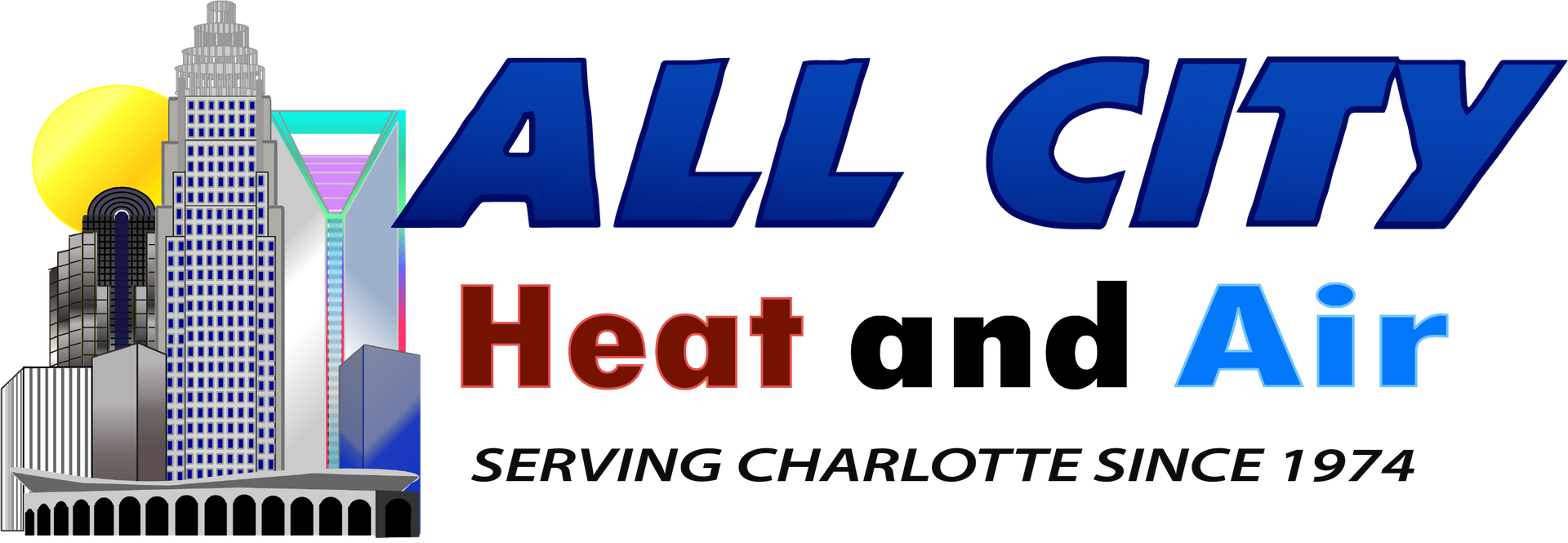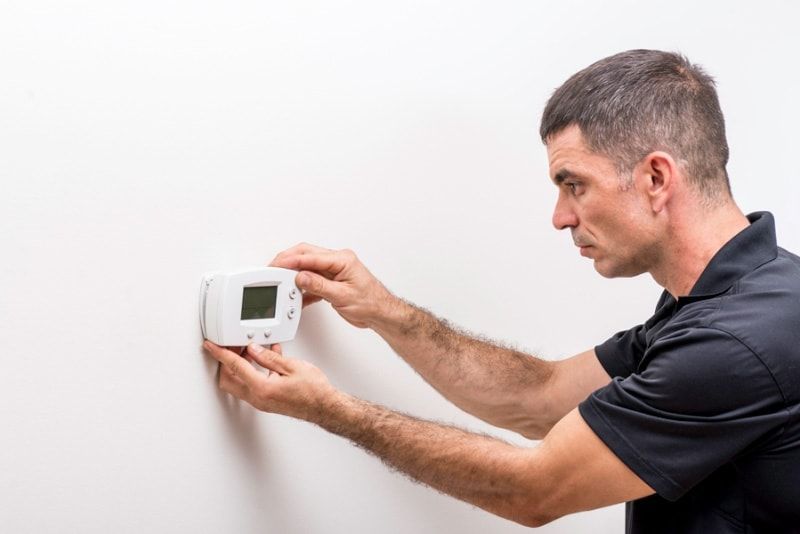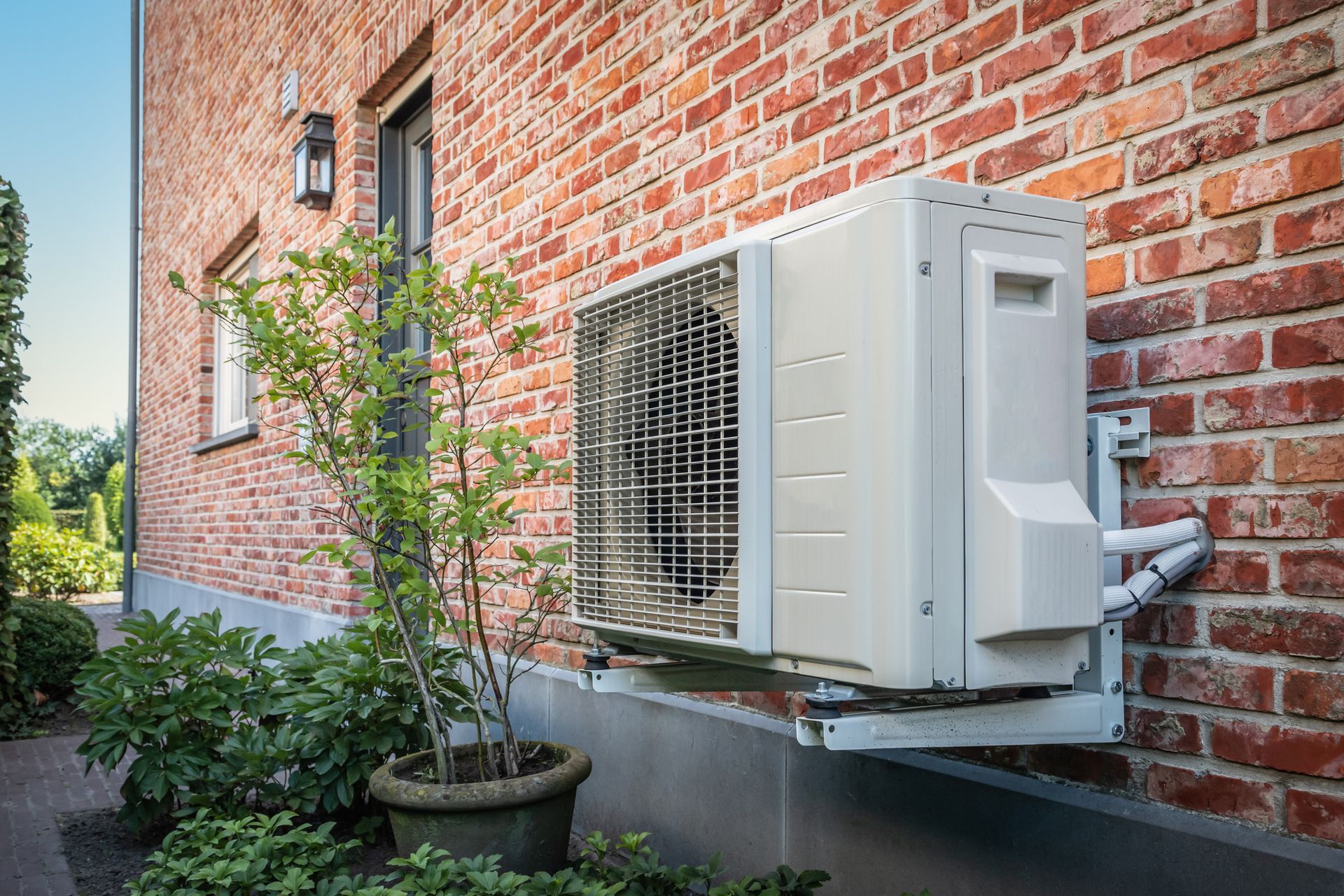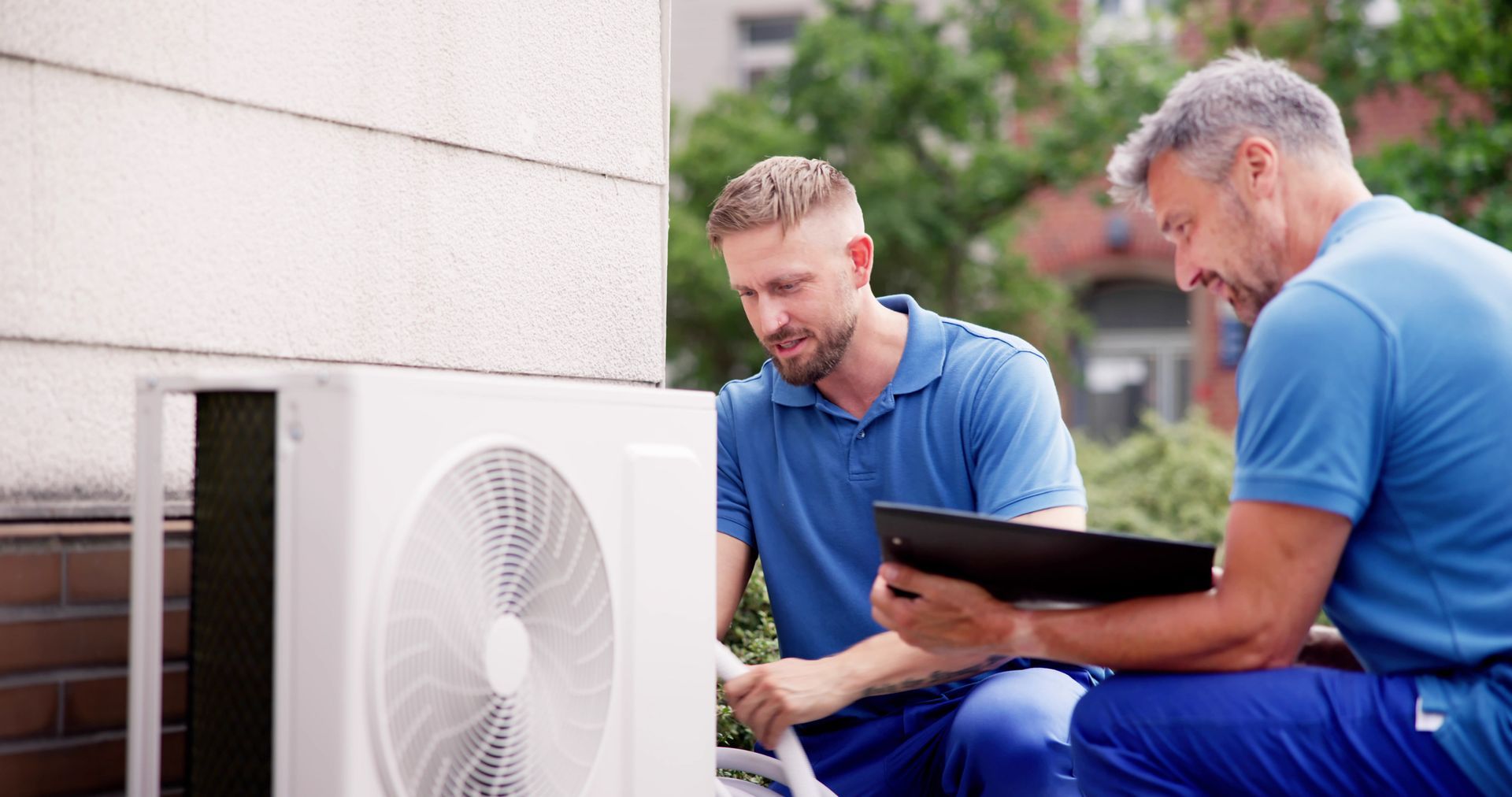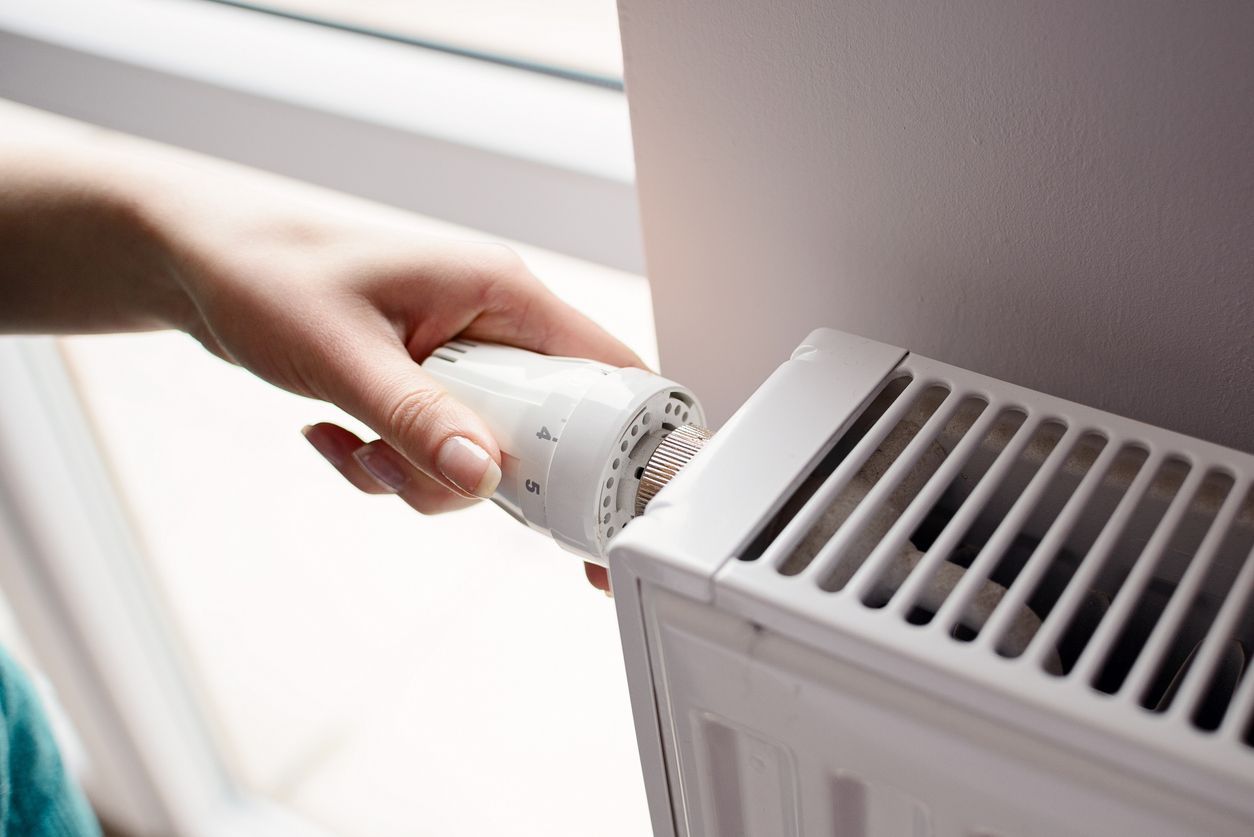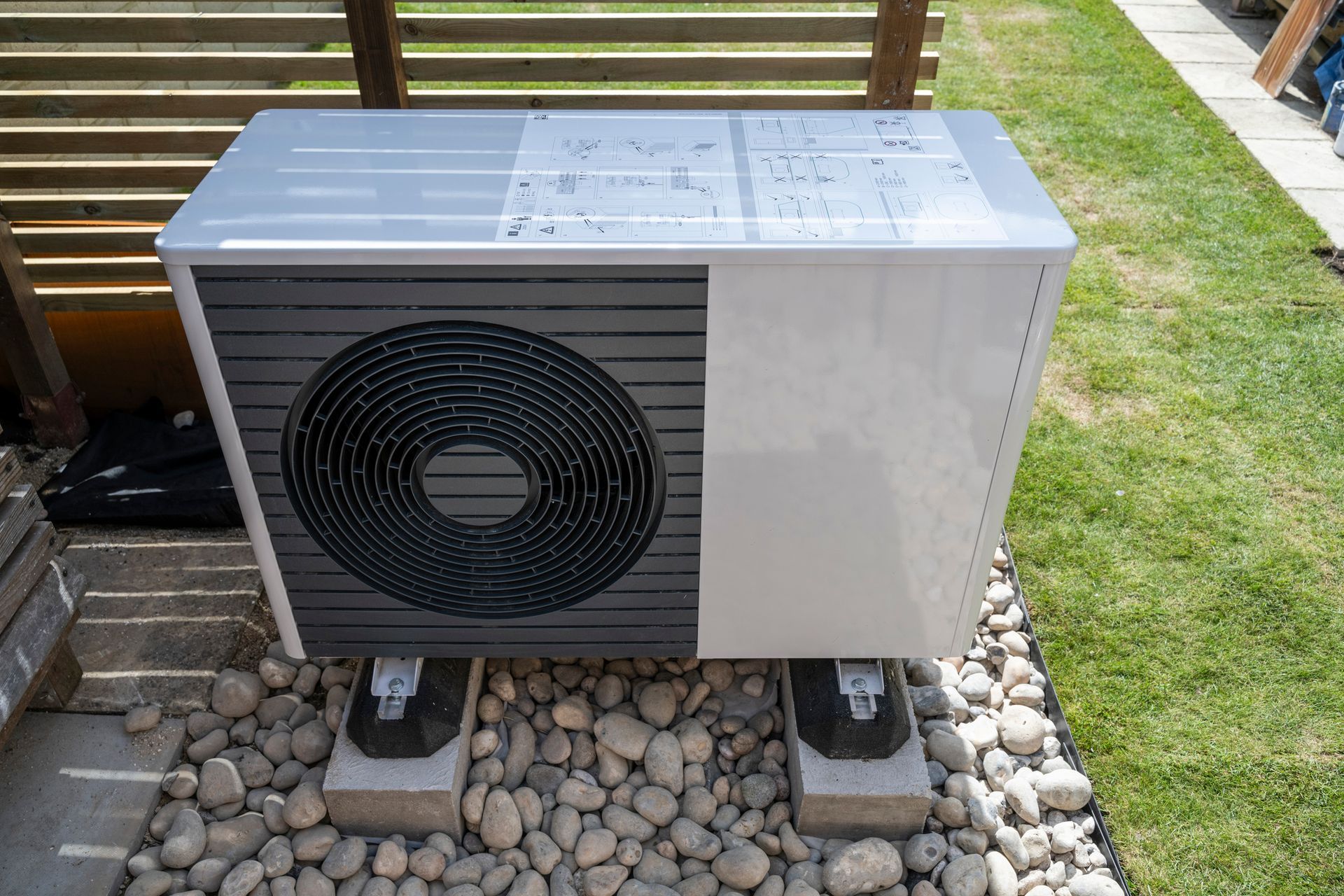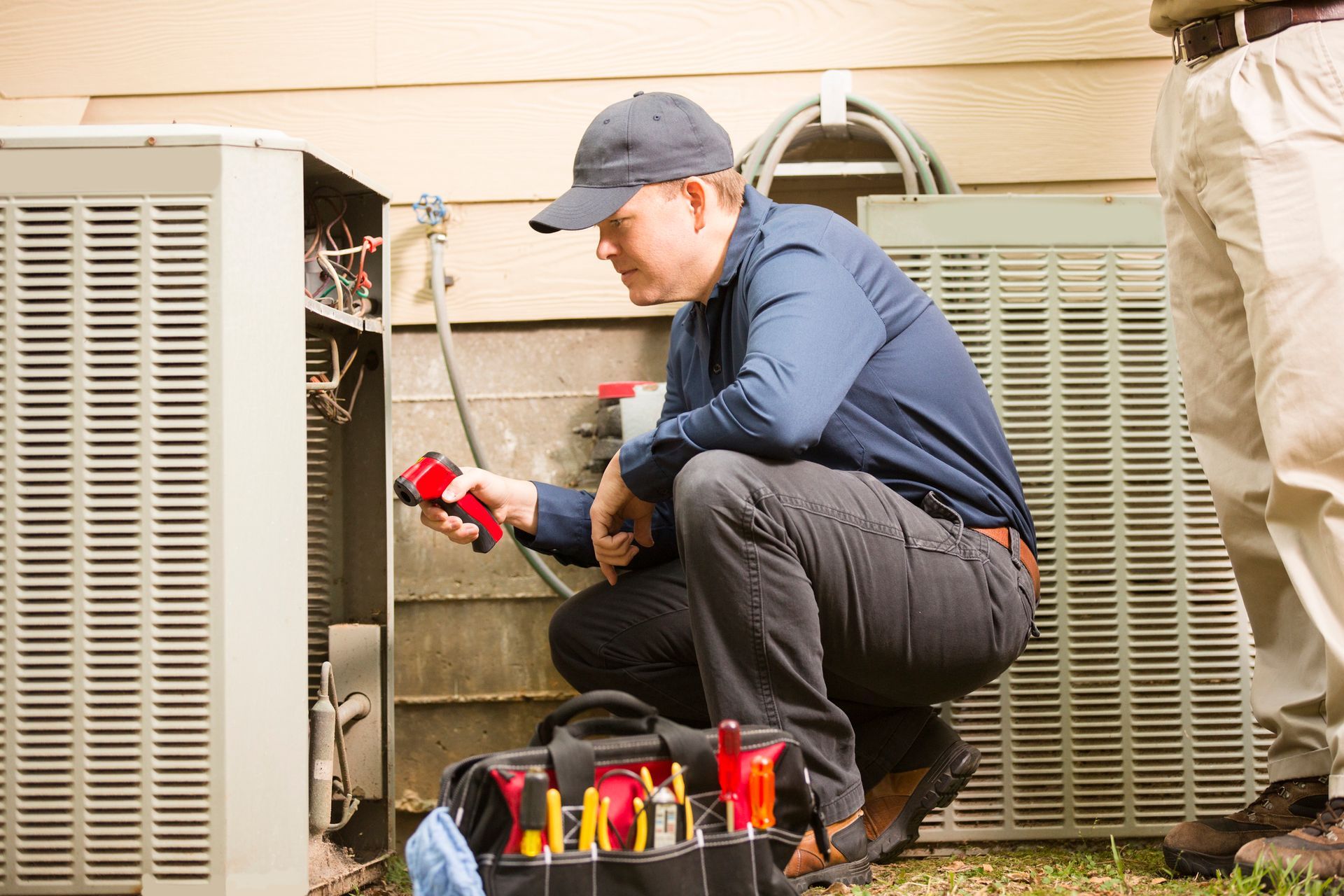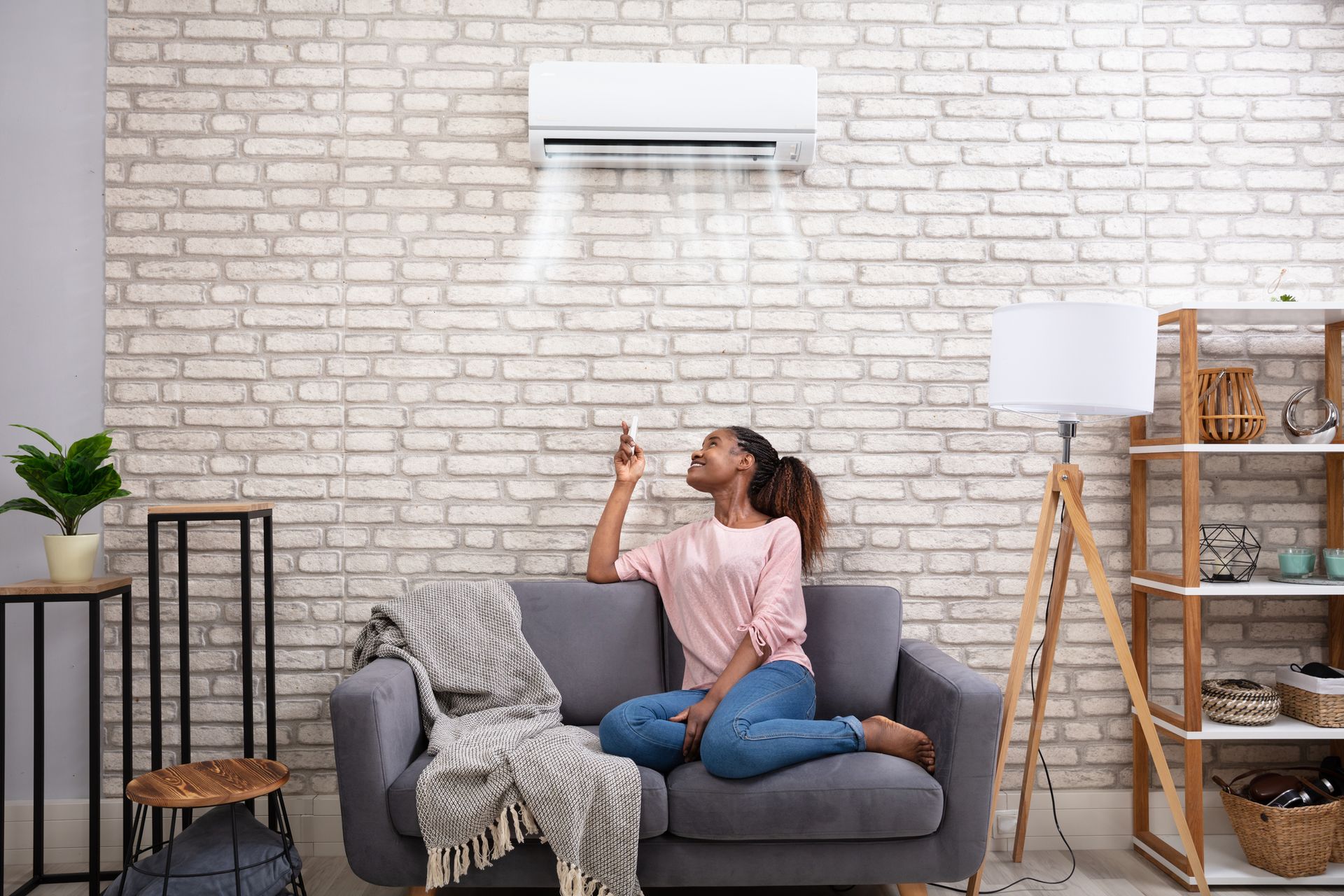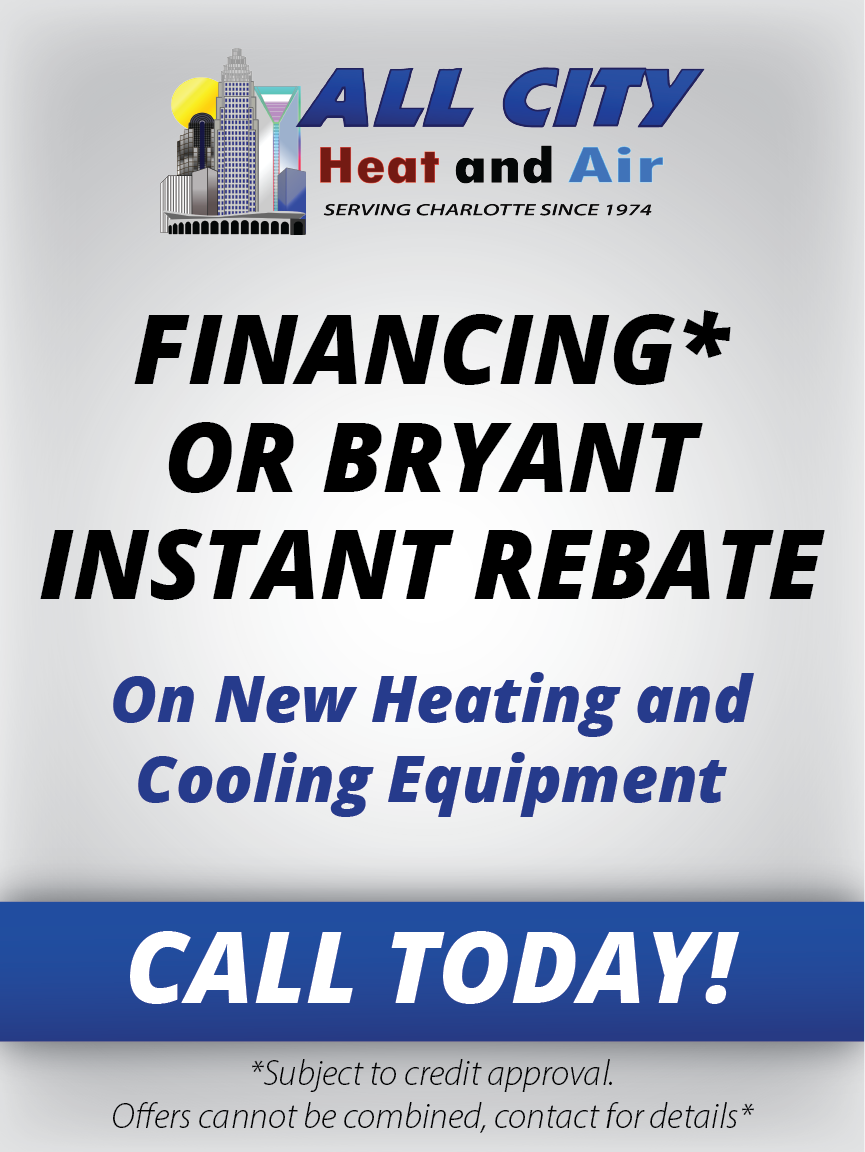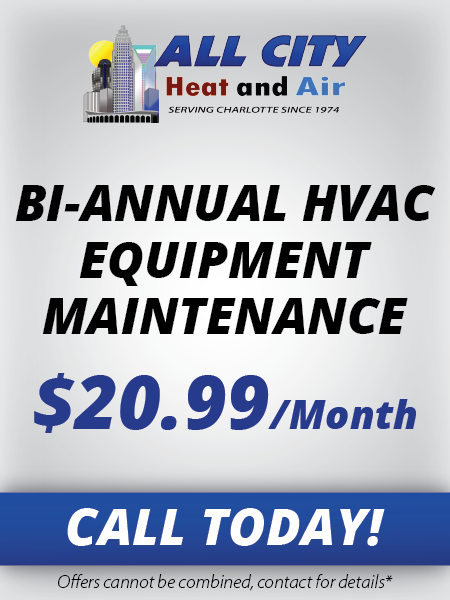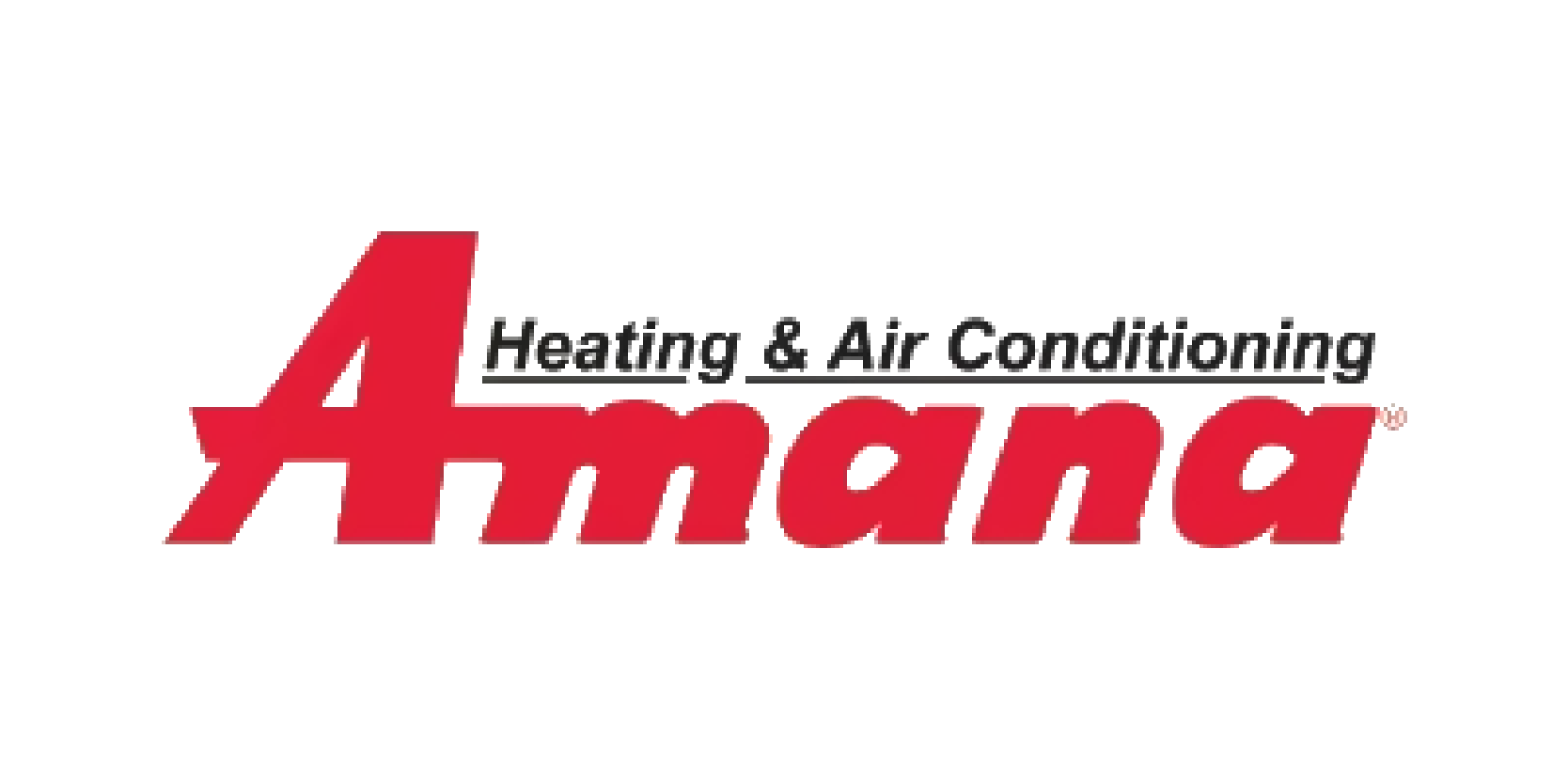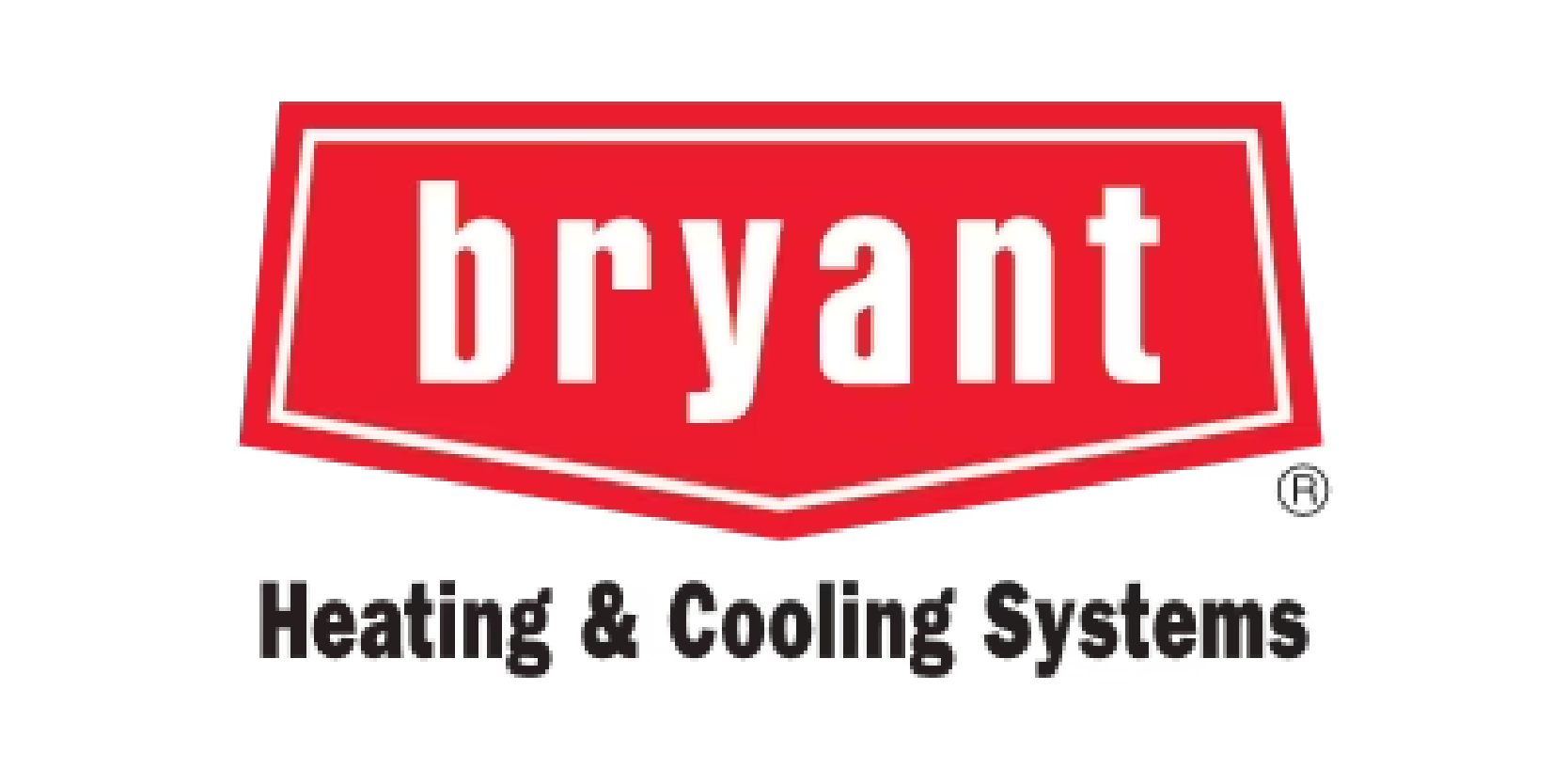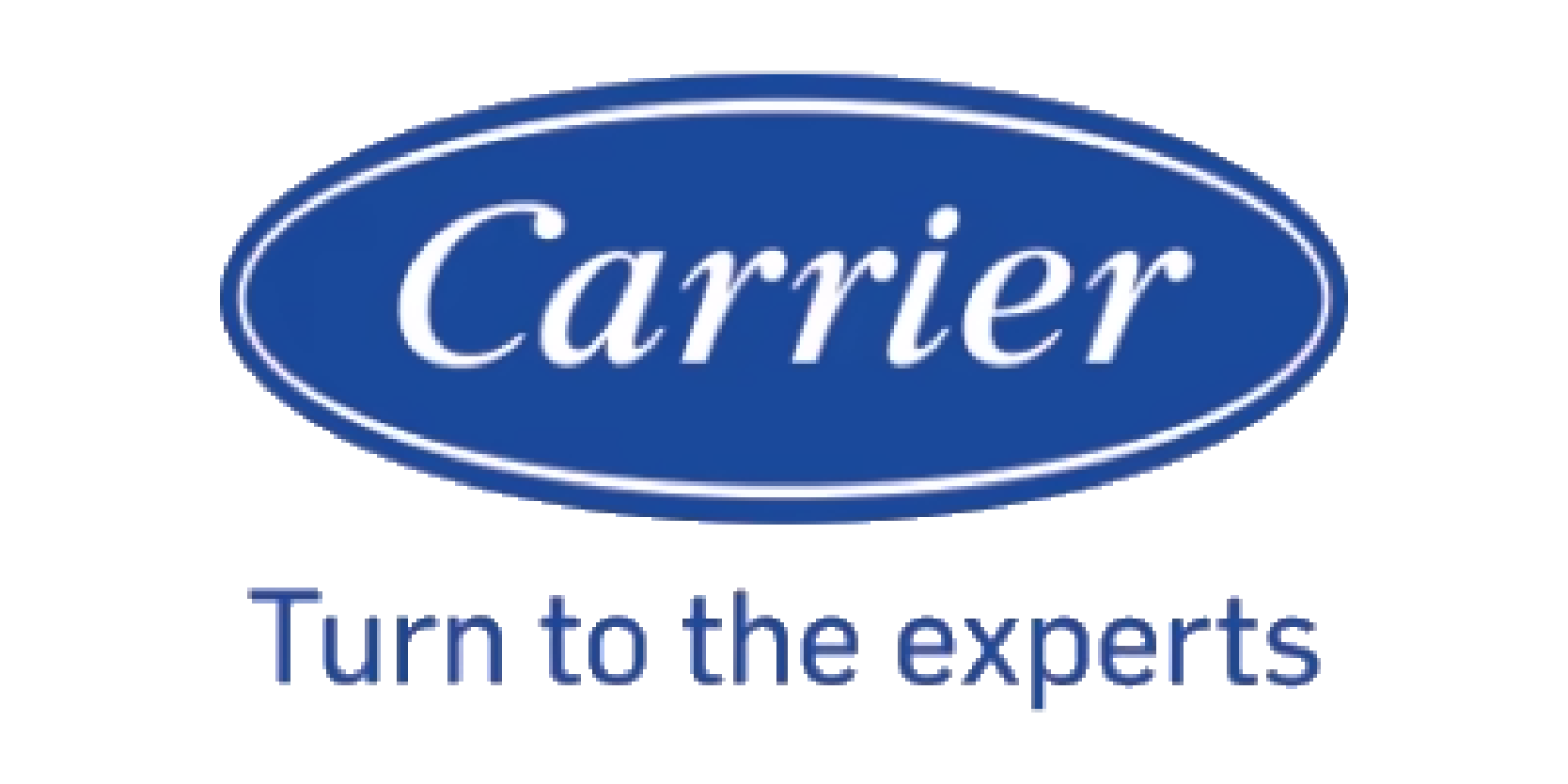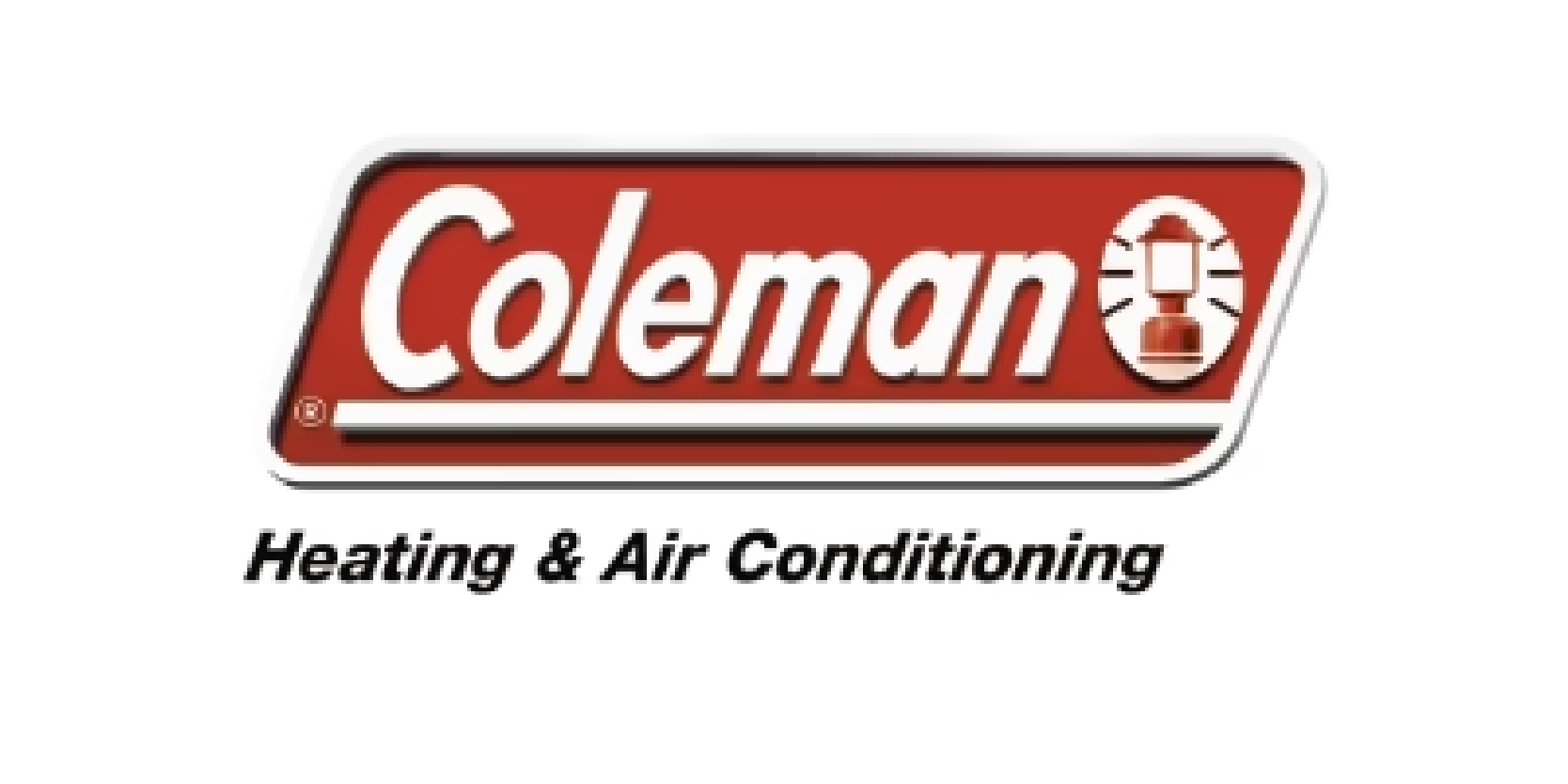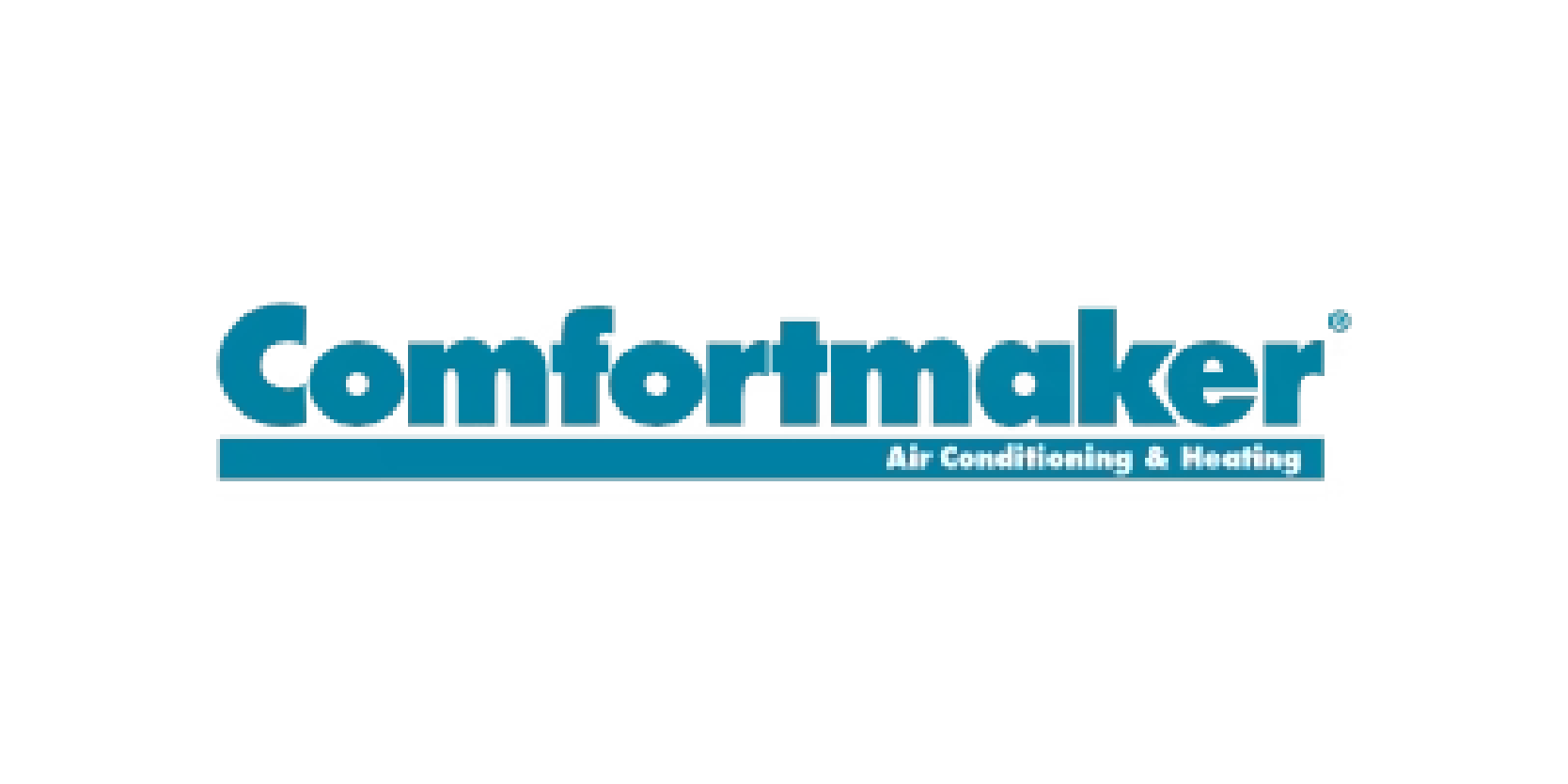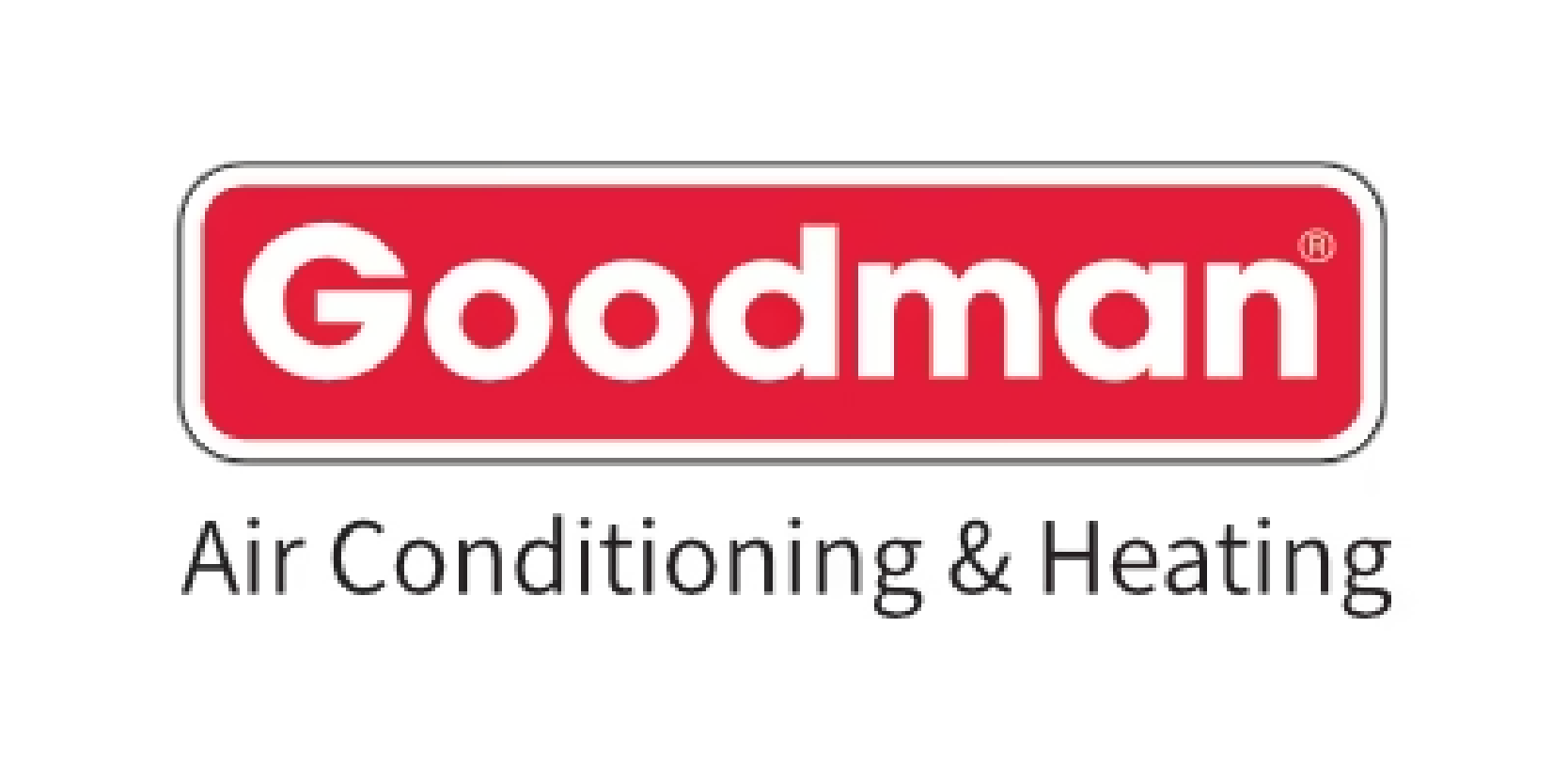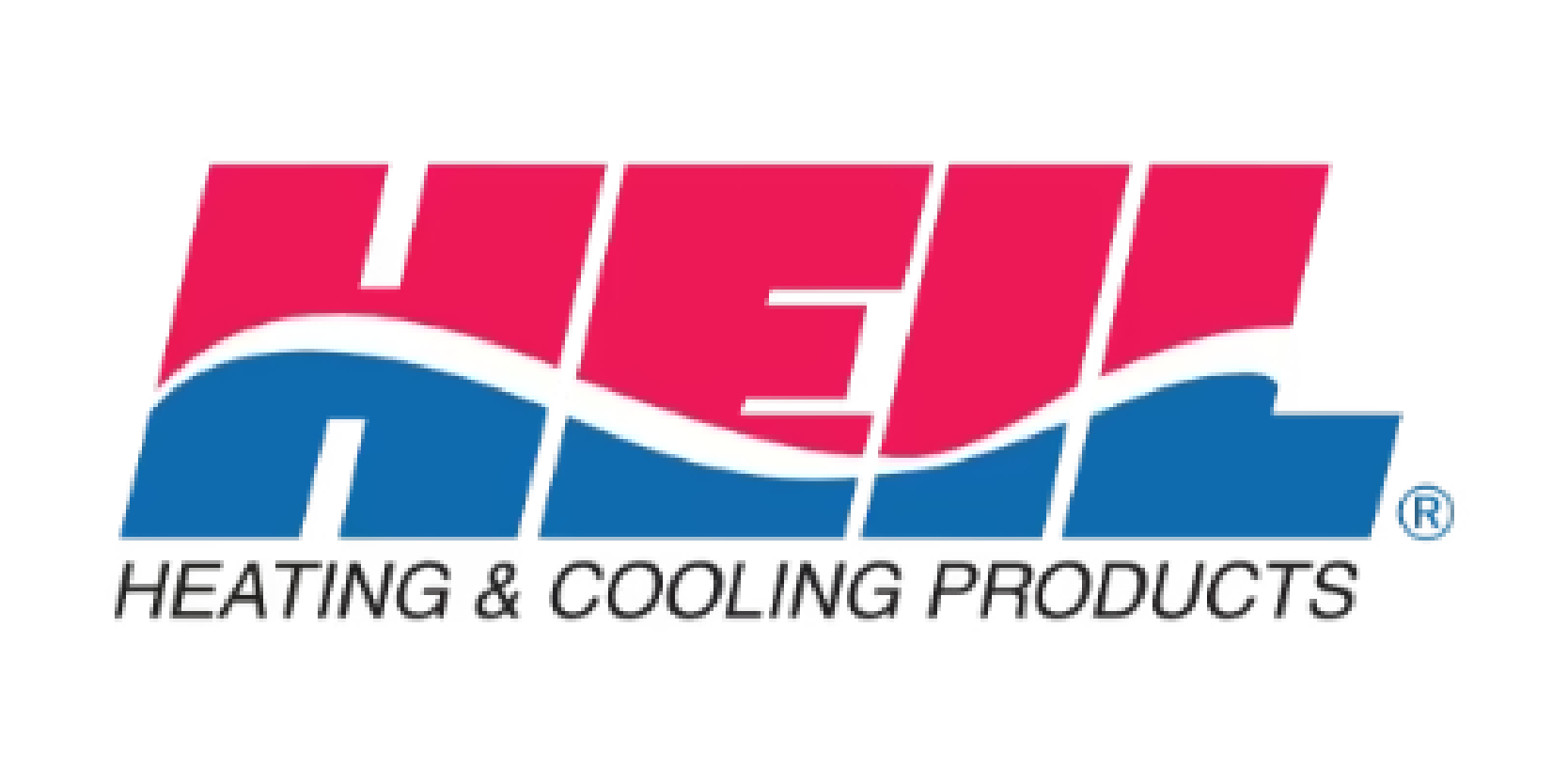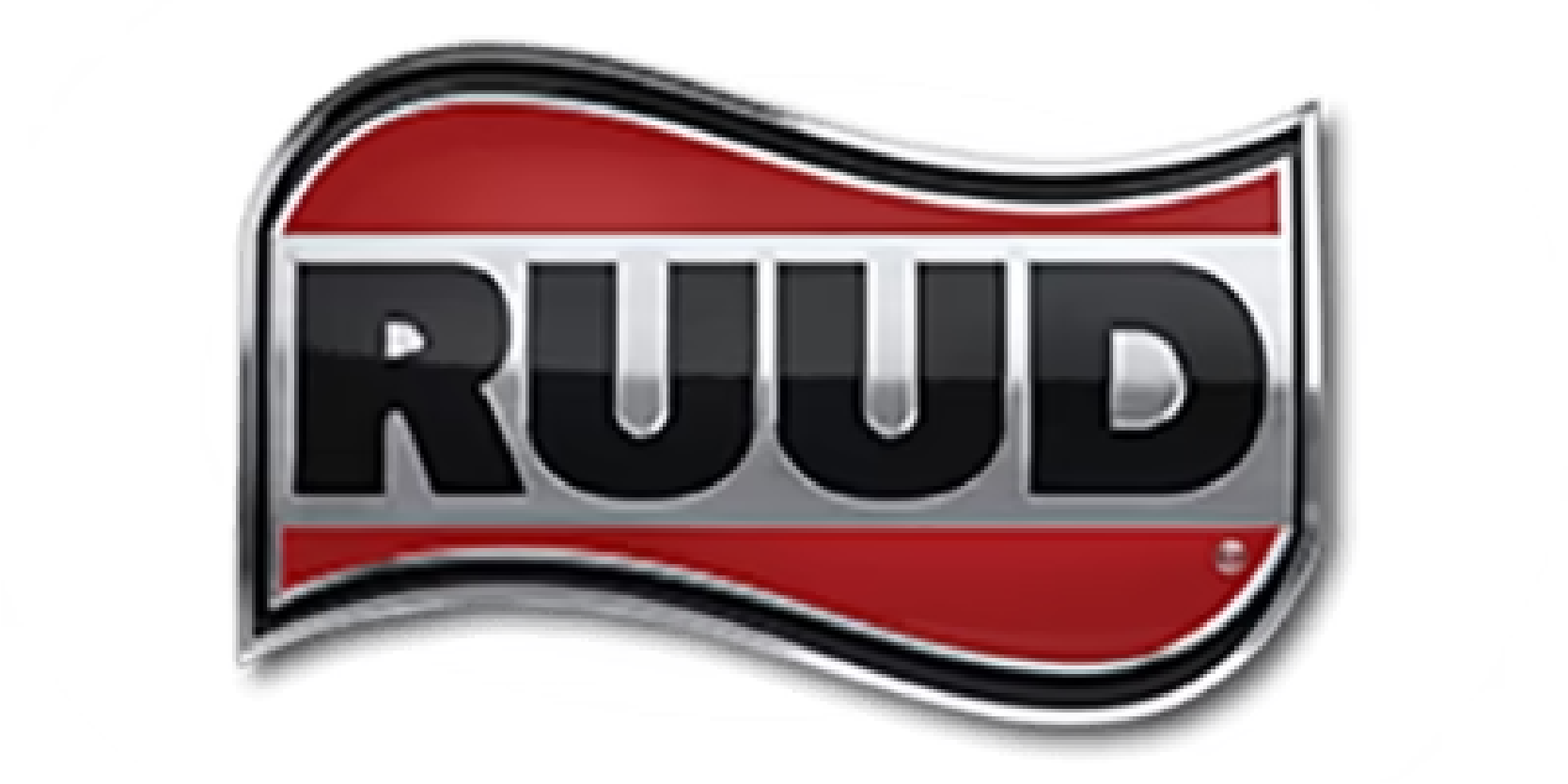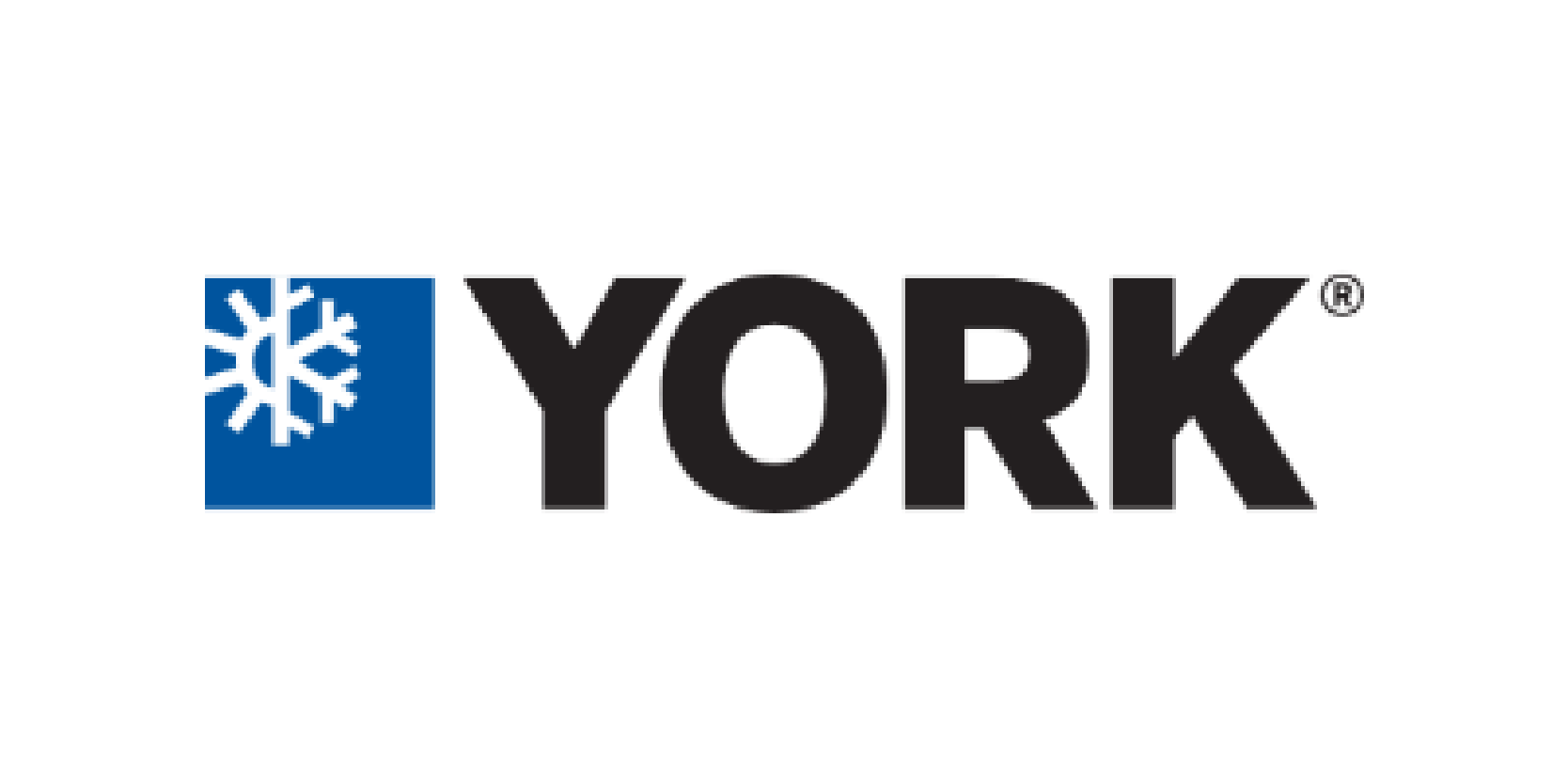
If your heating or air conditioning system suddenly stops working in your Charlotte home, it’s easy to think the worst. However, sometimes the malfunction is not really caused by your heating, ventilation, and air conditioning (HVAC) system at all, but actually from a broken thermostat.
Here are some expert tips on checking your thermostat first as well as some basic troubleshooting ideas from our All City Heat and Air team.
The Role of a Thermostat
Whether you have an old-fashioned basic thermostat or a new-fangled smart one in your North Carolina home, the operation of this component is essentially the same. A thermostat is a heat-activated switch that uses an internal temperature sensor to open or close a switch.
This switch completes or disrupts the electrical circuit that runs your heating and cooling system. The thermostat senses the current temperature and activates your furnace or air conditioner to reach the desired temperature.
Check the Obvious First
Although it may seem silly to suggest checking that your thermostat is turned on, the basic things are frequently overlooked. Besides confirming power and that your circuit breakers are operating, be sure you have selected either Heat or Cool , depending on the season. Also, ensure you have fresh, working batteries correctly installed.
If you have a programmable thermostat, confirm your settings are correct and the override function is not engaged.
Basic Cleaning
Over time, dirt and dust can accumulate inside your thermostat and affect its operation. If these or other indoor pollutants clog the thermostat, they can coat the inside and interfere with both electrical and mechanical components.
Carefully open the case, and gently clean with a small paintbrush or a can of electronics air cleaner designed for electronics. If you are uncertain about how to do this correctly, call one of our professionals to avoid damaging the sensitive components.
Consider Location and Balance
It’s important your thermostat is not located in direct sunlight or near a lamp or other electronic equipment. Such a location will inaccurately raise the temperature and cause your thermostat to malfunction. In addition, if your thermostat is not perfectly level, the mercury used in conventional thermostats will not register correctly.
Adjust Anticipator
Your thermostat has a component called an anticipator, which desensitizes your thermostat to slight temperature changes once the room temperature and the set temperature are near each other. Without the anticipator, your HVAC system would tend to cycle on and off too frequently, potentially damaging your equipment.
Usually, the anticipator will operate correctly when it is set between 0.2 and 0.8 amps. However, sometimes you may need to adjust the anticipator. Remove the outside housing and locate a small metal tab that’s near a scale measuring shorter to longer.
If your furnace is kicking on and off too frequently, move your anticipator one calibration mark toward the “longer” setting. On the other hand, if your furnace never brings your home to the desired temperature, move it toward the “shorter” setting by one calibration mark.
After making the adjustment, take note over the next hour or two to see if your problem is resolved before making further adjustments.
Trying Rebooting Your System
In order to reboot your system, set your thermostat to Heat and lower the temperature until the furnace shuts off. Go to your breaker panel and turn off the power to your thermostat and furnace system. Leave the breaker switch off for about a minute, and then turn your breaker back on.
Consider Replacement or Upgrade
If you have discovered your thermostat is beyond repair, it may be time to invest in a new one. Many different types of thermostats are available today.
According to the US Department of Energy (DOE) , investing in a programmable thermostat and setting back your temperature during the night or workday can save you up to 10 percent of your annual energy bills.
You may even want to look at smart thermostats that can adjust to your family’s personal schedule and “learn” from your settings to help you program future days.
If you have an old mercury-based thermostat, be sure to dispose of it properly. Call us for help with this if you’re unsure how to do it.
Contact Us for All Your Thermostat Needs
If you are still experiencing problems with your thermostat or HVAC system after trying these tips, call our professional team at All City Heat and Air in Charlotte, North Carolina. We would be happy to send out a trained, professional technician to take a closer look, diagnose your problem, and offer a solution. Call 704-545-2000 or request service online today.
The post Tips to Troubleshoot Your Thermostat first appeared on All City Heat and Air and is written by All City Heat and Air.
